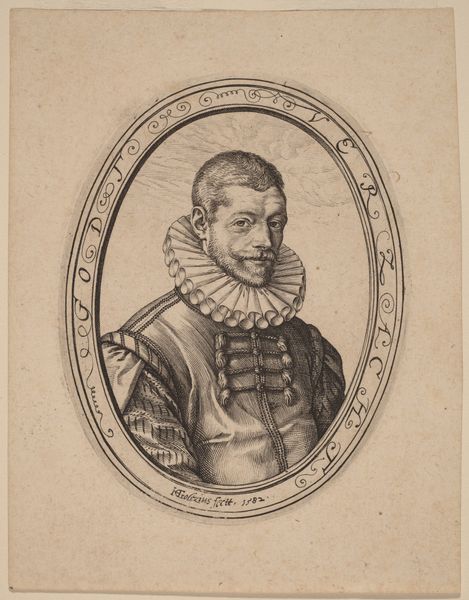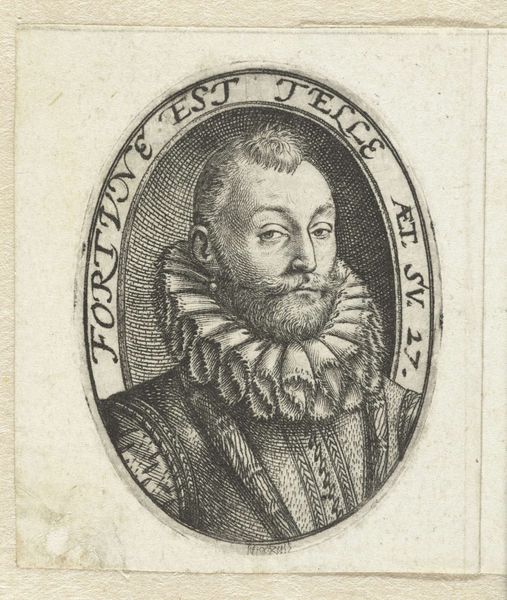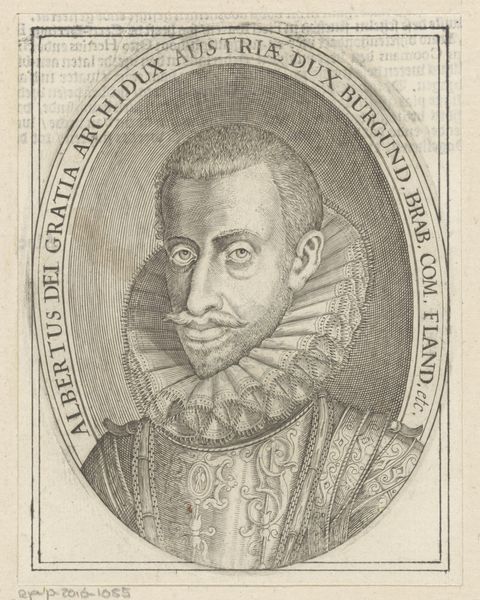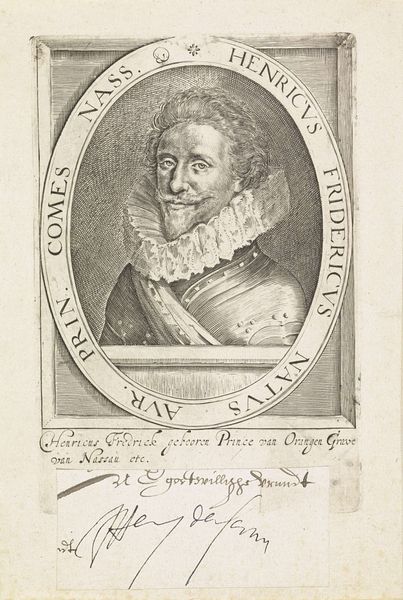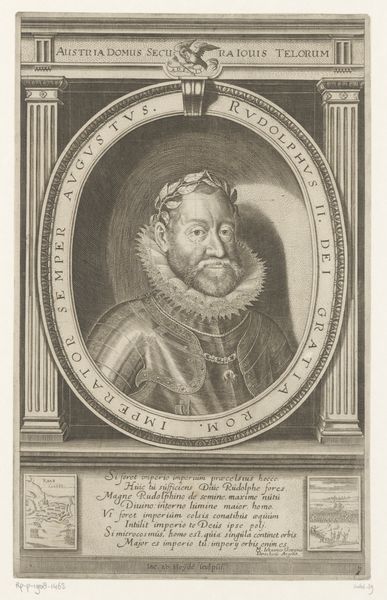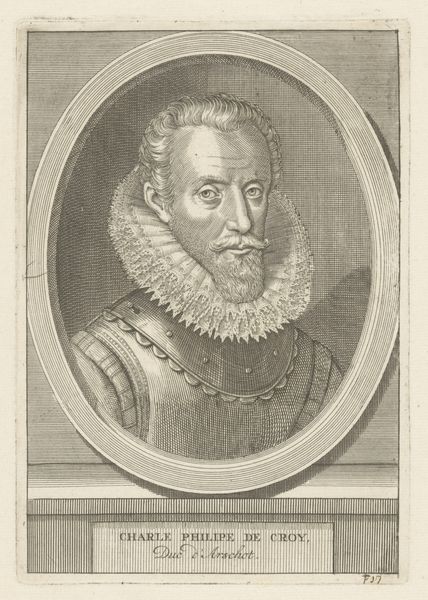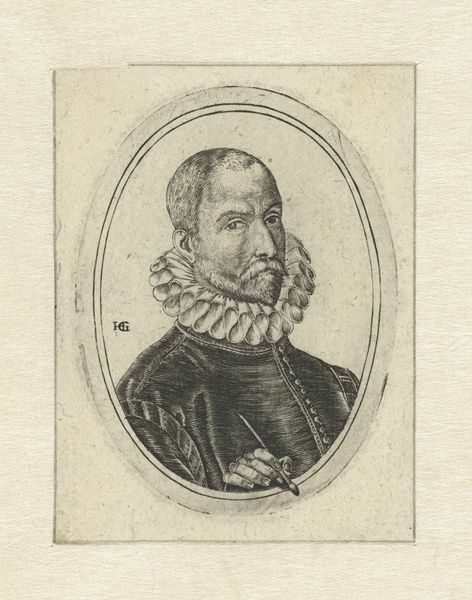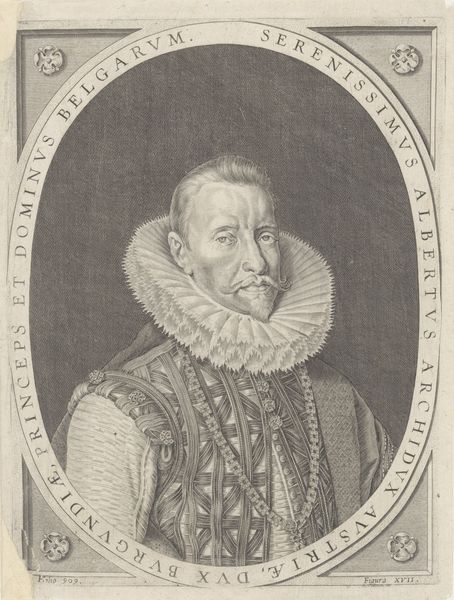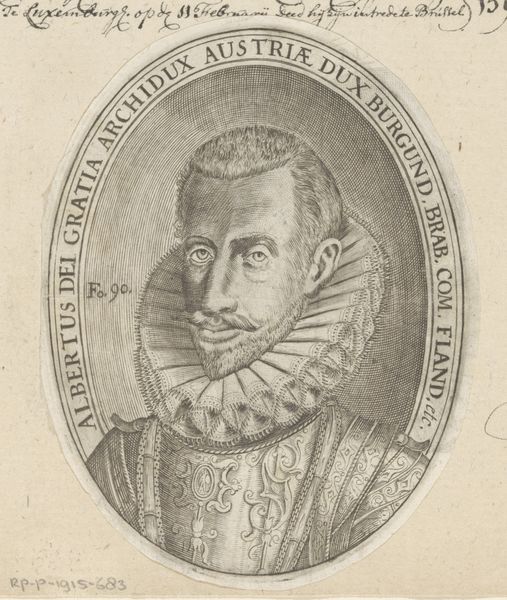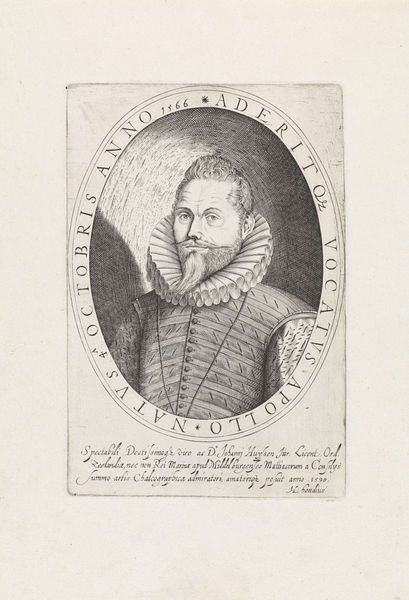
drawing, print, pencil
#
portrait
#
pencil drawn
#
drawing
# print
#
figuration
#
pencil drawing
#
pencil
#
portrait drawing
#
northern-renaissance
#
realism
Dimensions: 5 7/8 x 4 15/16 in. (15 x 12.5 cm)
Copyright: Public Domain
Curator: Let's turn our attention to this drawing, “Portrait of Christoph Mondragon,” a 17th-century work now housed at the Metropolitan Museum of Art. The artwork consists of pencil on what appears to be laid paper. Editor: You know, the first thing that strikes me is the incredible restraint. The artist has captured so much with just pencil strokes – almost a ghostly presence. There’s something ethereal about him. Curator: Indeed. The limited materials direct our focus to the craft. Pencil as a medium was becoming increasingly sophisticated in the 17th century, allowing for these refined portrait studies separate from painting or prints. This drawing probably functioned within a culture that valued portraiture’s relationship to aristocratic identity. Editor: Right, and his armor! Even just sketched like this, you get a sense of weight and authority. I'm fascinated by the delicate ruff, that circle of lace framing his face; it must have taken days to create! There is such artistry in the rendering. Curator: Agreed. These material details are important signifiers of wealth, labor, and social class in the late Renaissance. How art participated in solidifying status through meticulous craft and the accessibility of this status to the subject portrayed. Consider the physical labor involved in the mining and preparation of the lead, production of the paper... Editor: But beyond the economics, look at those eyes! He's seen something, hasn't he? Some hidden turmoil lurking beneath the surface of a powerful figure. It's all captured in that subtle shading, the faint suggestion of weariness around the eyes. Curator: Well, I appreciate how you read the emotional labor encoded within this piece as well as the labor it references socially. How you allow space to contemplate it as well. Editor: Absolutely. It goes beyond a record of status to offer a brief but enduring glimpse into this Christoph's interior landscape. It’s almost a conversation across the centuries. Thanks for highlighting the artist’s production choices and period conditions.
Comments
No comments
Be the first to comment and join the conversation on the ultimate creative platform.
